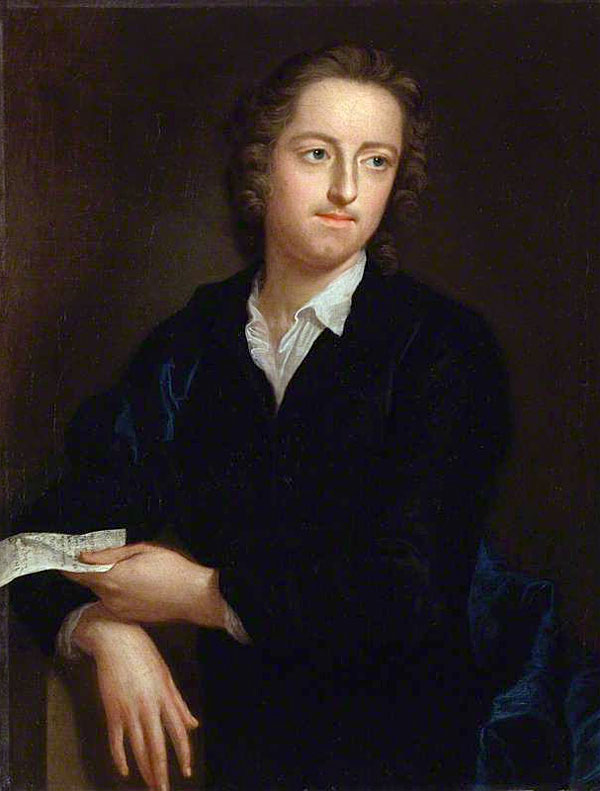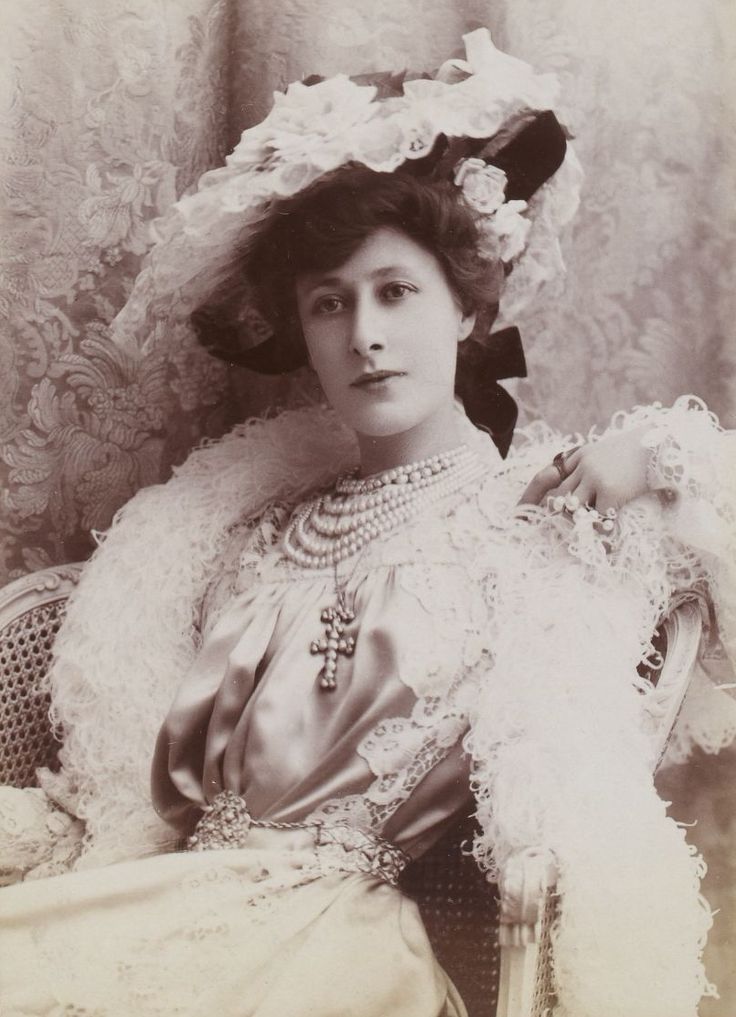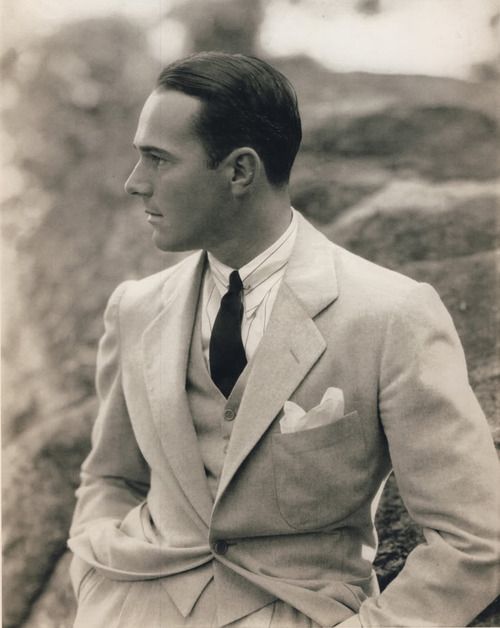December 26
THOMAS GRAY, English writer was born (d. 1771); “My life is now but a perpetual conversation with your shadow – The known sound of your voice still rings in my ears. I cannot bear this place, where I have spend many tedious years within less than a month, after you left me…”
So wrote Thomas Gray to a young man when he was 54. Professor of Modern History at Cambridge University and one of the best known poets of his time, he was also more than likely still a virgin. The author of “An Elegy Written in a Country Churchyard,” Gray had lived most of his life with his mother, but was known to have cultivated the Platonic friendship of handsome young men.
One of Professor Gray’s young men introduced him to the Swiss charmer, Charles de Bonstetten – and Gray was hooked. He was profoundly, deeply in love. When Bonstetten left Cambridge a year later, the poet was devastated. But the friends exchanged letters, and the young man suggested they take a walking tour together in Bonstetten’s native Switzerland. Gray was overjoyed. The trip was scheduled for the summer of 1771 and Gray wrote tireless letters of devotion while counting the ticking minutes. Finally, the time was near. He would be leaving to see his handsome young man again. The poor poet dropped dead before he had one step out the door.
DAVID SEDARIS, American essayist, born; a Grammy-Award nominated American humorist and radio contributor. Sedaris came to prominence in 1992 when National Public Radio broadcast his essay “SantaLand Diaries"
He published his first collection of essays and short stories, Barrel Fever, in 1994. Each of his four subsequent essay collections, Naked (1997) Holidays on Ice (1997), Me Talk Pretty One Day (2000), and Dress Your Family in Corduroy and Denim (2004), have become New York Times Best Sellers. As of 2004, his books had collectively sold 2.5 million copies.
Much of Sedaris' humor is autobiographical and self-deprecating, and it often concerns his family life, his middle class upbringing in the suburbs of Raleigh, NC, Greek heritage, various jobs, education, drug use, sexuality and his life in France with his partner, Hugh Hamrick.
Sedaris released Squirrel Seeks Chipmunk: A Modest Bestiary, a collection of fables "detailing animals in strange adult situations", in September 2010. His ninth book, Let’s Explore Diabetes with Owls, was released in April 2013. He participated in Do I Sound Gay?, a documentary film by David Thorpe about stereotypes of gay men's speech patterns. And he appeared along with his sister, Amy Sedaris, as special guest judges on season 8 episode 8 of RuPaul’s Drag Race.
LIANE DE POUGY, was a Folies Bergère vedette and dancer renowned as one of Paris's most beautiful and notorious courtesans, Born in 1869, she died on this date in 1950;
On her first trip to Paris as a young woman, Natalie Barney walked the fashionable streets of the city studying women while her mother was at a studio studying portrait painting. One day she saw an exquisite woman in the Bois de Boulogne, and, making inquiry, learned that the fur-cloaked beauty was Liane de Pougy, the most famous courtesan in Paris. What she learned as well, was that Liane was a Lesbian just like herself, yet sold herself to men, and at a very high price. Natalie Barney resolved on the spot that she would rescue Liane de Pougy from her “dreadful life” and make her her own. She even went to the courtesan’s house, but was turned away by the maid who informed her that Madame never rose before eleven.
Liane de Pougy, nee Anne-Marie Chassaigne, was born in La Flèche, Sarthe, France, the daughter of Pierre Blaise Eugène Chassaigne and his Spanish-French wife Aimée Lopez. She had an older brother, Pierre and was raised in a nunnery. At the age of 16, she ran off with Joseph Armand Henri Pourpe, a naval officer, whom she married after getting pregnant. The baby was named Marc Pourpe. De Pougy described herself as a terrible mother, saying, "My son was like a living doll given to a little girl." She also admitted she would have preferred the baby to be a girl ‘because of the dresses and the curly hair’.
Deciding to leave her husband, Anne-Marie sold her rosewood piano to a young man who paid 400 francs cash for the instrument. Within an hour, she was on her way to Paris, leaving her infant son with his father, who in turn sent his son to live with the boy's grandparents in Suez.
With the failure of her marriage, Anne-Marie began dabbling in acting and prostitution and she became a heavy user of both cocaine and opium. After moving to Paris, from her position at the Folies Pougy became a noted demimondaine, and a rival of "La Belle Otero". She took her last name from one of her paramours, a Comte or Vicomte de Pougy, whilst other lovers included Mathilde de Morny and Émilienne d'Alençon.
Actress Sarah Bernhardt, faced with the task of teaching Liane to act, advised her that when she was on stage, it would be best to keep her "pretty mouth shut". Liane became so well known as a performer at the Folies Bergère that the 1890s English female impersonator Herbert Charles Pollitt referenced her in his drag name Diane de Rougy.
In the meantime, Barney received news that her father wanted her to return to America, where she was to make her debut. Undaunted, she swore that she would return someday to Paris and take Liane de Pougy, whom she had only once glimpsed, as her lover. And she did. De Pougy’s affair with Barney is recorded in her novel Idylle Saphique, published around 1901. In 1899, Barney presented herself at de Pougy's residence in a page costume and announced that she was a "page of love" sent by Sappho.
Although de Pougy was one of the most famous women in France at the time, constantly sought after by wealthy and titled men, Barney's audacity charmed and seduced her. The two were said to have had deep feelings for one another for the remainder of their lives.
Upon her marriage to Prince Georges Ghika in 1920 de Pougy became Princess Ghika; this marriage ended in separation, though not divorce. Her son's death as an aviator in WWI turned her towards religion and she became a tertiary of the Order of Saint Dominic as Sister Anne-Mary. After a life as the most celebrated courtesan of la belle époque, serving both men and women, Liane de Pougy retired to a convent as Saint Mary Magdalene of Repentence. She became involved in the Asylum of Saint Agnes, devoted to the care of children with birth defects. She died at Lausanne
Actor and interior decorator WILLIAM HAINES died on this date (b: 1900); Young William Haines ran away from home at the age of fourteen with his "boyfriend" and worked in a dance hall which may have also served as a brothel. He was an assistant bookkeeper at a New York bond house when he sent in his photograph to a "New Faces" contest sponsored by movie producer Samuel Goldwyn in 1922.
After a successful screen test, he was signed as a contract player; and in 1922 he departed for California. It was in Brown of Harvard (1926) that he crystallized his screen image, a young arrogant man who is humbled by the last reel. "He has never been in love with any girl yet, and doesn’t intend to", stated fan magazines.
Indeed, in 1926, Bill Haines fell in love for twenty-one-year-old Jimmie Shields, who he met in New York probably as a pick-up on the street. They moved in together and became, as Joan Crawford once said, "the happiest married couple in Hollywood". Shields was put on the MGM payroll as Bill's secretary and stand-in. The two stayed together for nearly fifty years, until Bill's death.
Haines was the perfect male flapper for the latter half of the 1920s. While Valentino represented the dangerous love and John Gilbert played noble, tortured heroes, Haines exemplified the sunny, collegiate self-confidence of jazz Age. His screen heroes were the happy-go-lucky fellows his fans thought themselves to be.
And Bill's generally cheery off screen personality fitted perfectly with this. In 1933, Billy Haines picked up a sailor in Pershing Square in Los Angeles and took him to the YMCA where he had a room. The house detective and L.A. Vice Squad burst in and arrested and handcuffed both men. Losing his boyish good looks after age 30, Haines accepted the decline of his star with grace. Battles with Louis B. Mayer over his "scandalous" love life finally ended his career in 1934. After that, tasteful Haines became a famous interior decorator.
Subscribe to Gay Wisdom
Would you like to have Today in Gay History (aka Gay Wisdom) sent to you daily?




